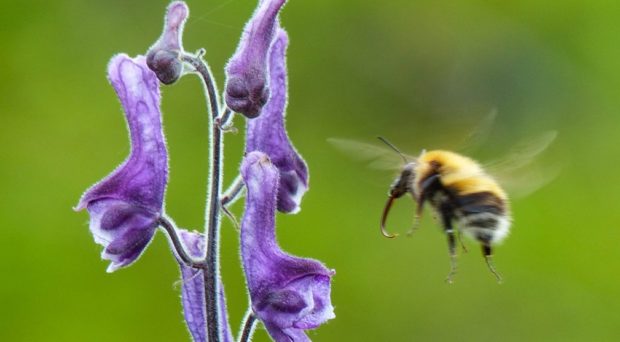
What type of research are you involved in?
I’m currently doing a PhD on host-microbe interactions in birds, which includes both avian blood parasites as well as their gut microbiome.
Why did you become interested in this area of research?
I think host-parasite interactions are extremely interesting and the pathogens causing disease in wildlife are especially understudied. This means that there are a lot of unanswered questions. We know very little about how the immune system has evolved in non-model bird species and what effects their parasites have on their biology and ecology and vice versa.
How did you become interested in photography?
A few years ago I bought a camera and started taking pictures of butterflies and bumblebees. I’m far from an expert in photography but I occasionally enjoy it because it makes me feel close to nature. There are several biologists who enjoy photography, and I’m certain that many amazing photos are currently stowed away in people’s hard drives, visible to no one. I would like it if more scientists displayed their beautiful photos for the world to see and shared the beauty of nature.
Where and how was this photo taken?
This photo was taken in the northwest mountain region of Sweden, close to a town called Tärnaby.
Why were you there at the time?
I was on vacation with my family, enjoying the beautiful mountains and peaceful lakes.
Can you explain a bit more about the image?
I captured this image as I stood for a while near the flowers, observing the different species of bumblebees coming and going. Most bumblebees are so called “cheaters” from the plant’s perspective, because they acquire nectar by biting a hole on top of the flower. This particular species of long-tongue bumblebee, Bombus consobrinus, did not cheat, however, and foraged via the front of the long-spurred flowers instead, helping to pollinate the plant.
What about this scene particularly interested you?
I personally liked this image because I think it’s a great example of co-evolution between a pollinator and a plant species.
Comments